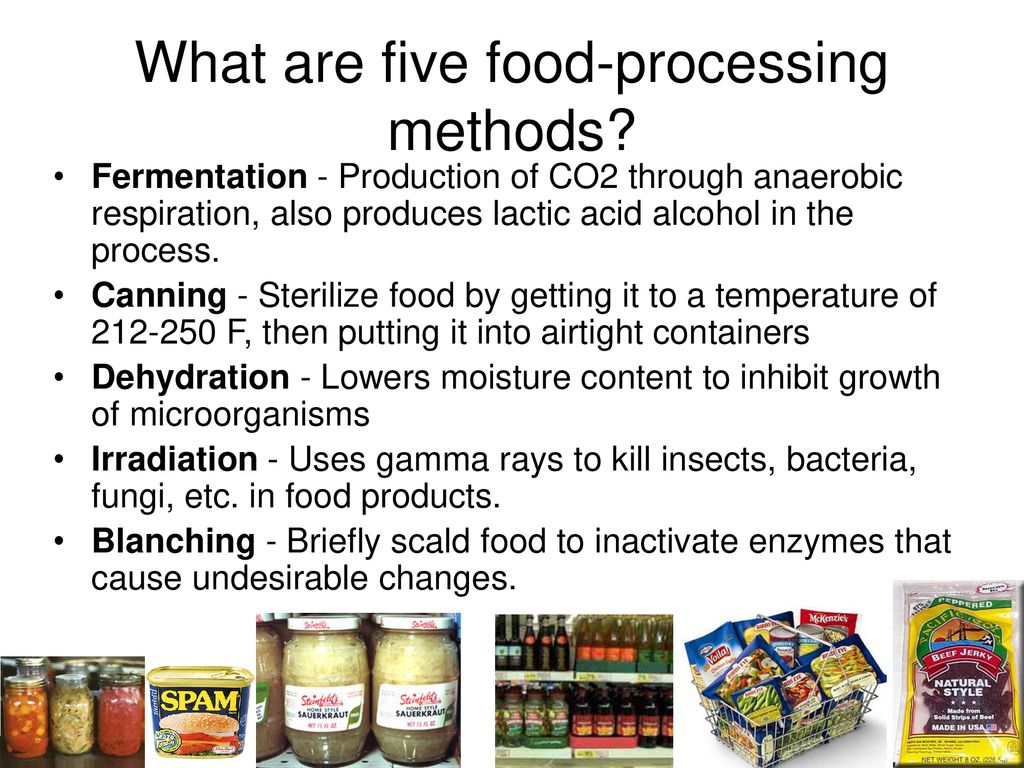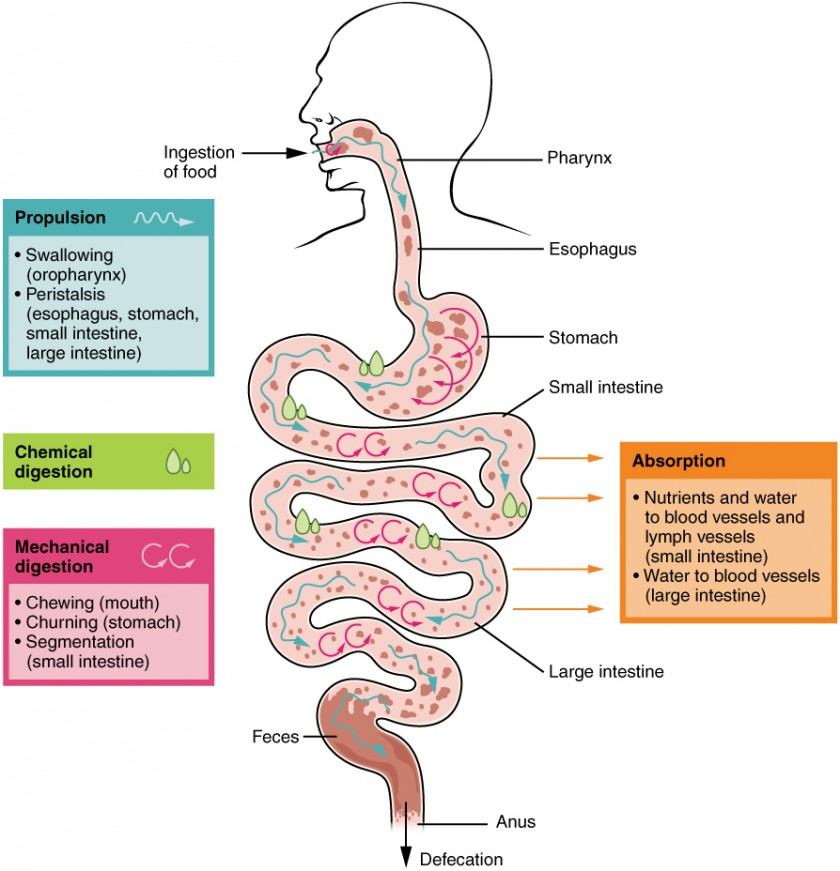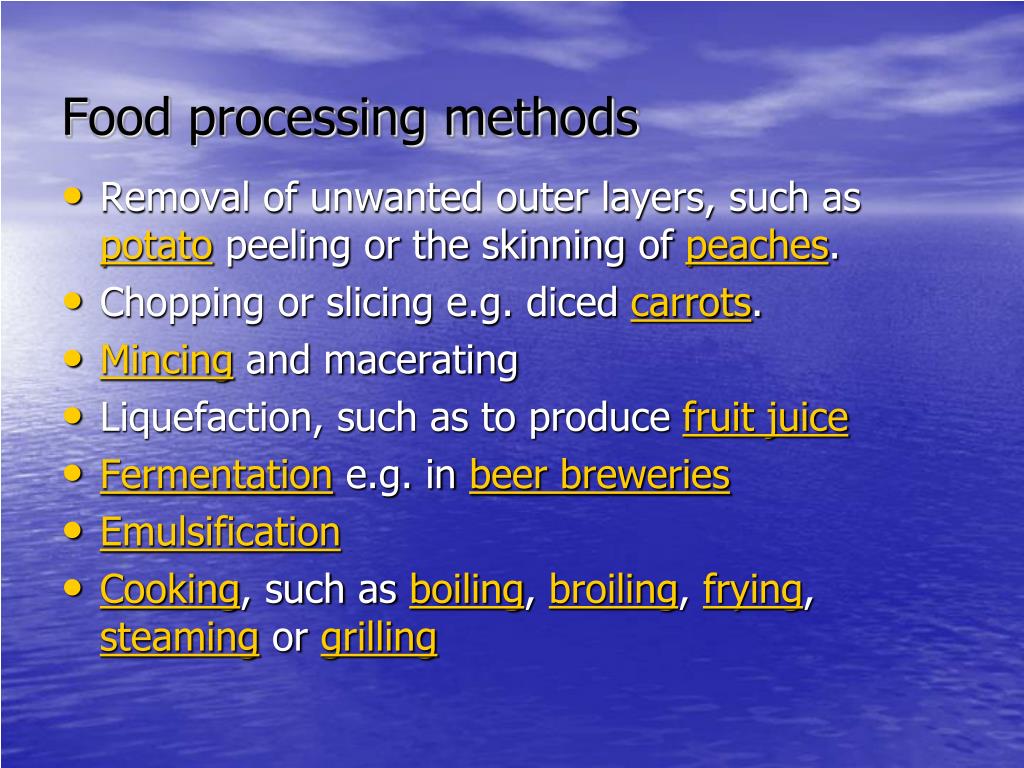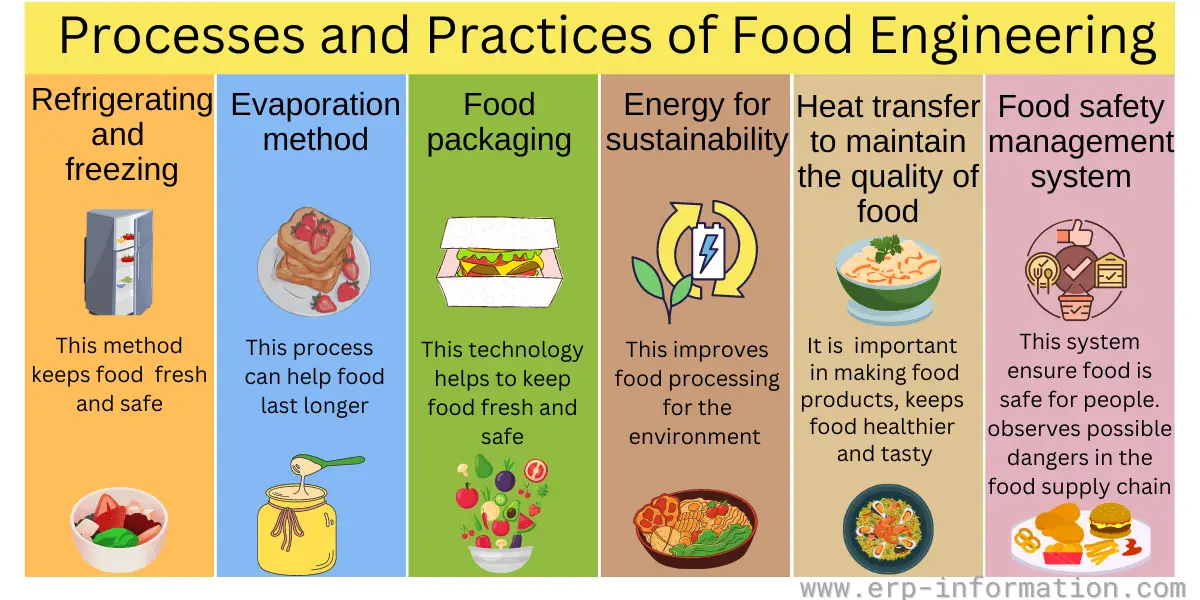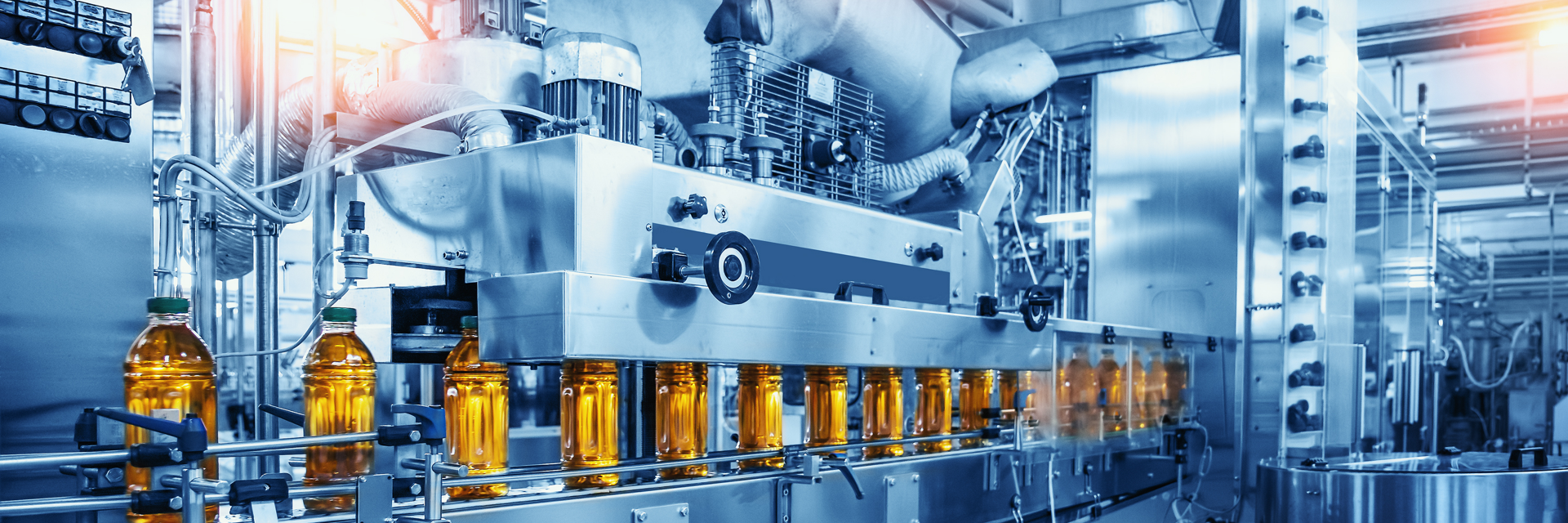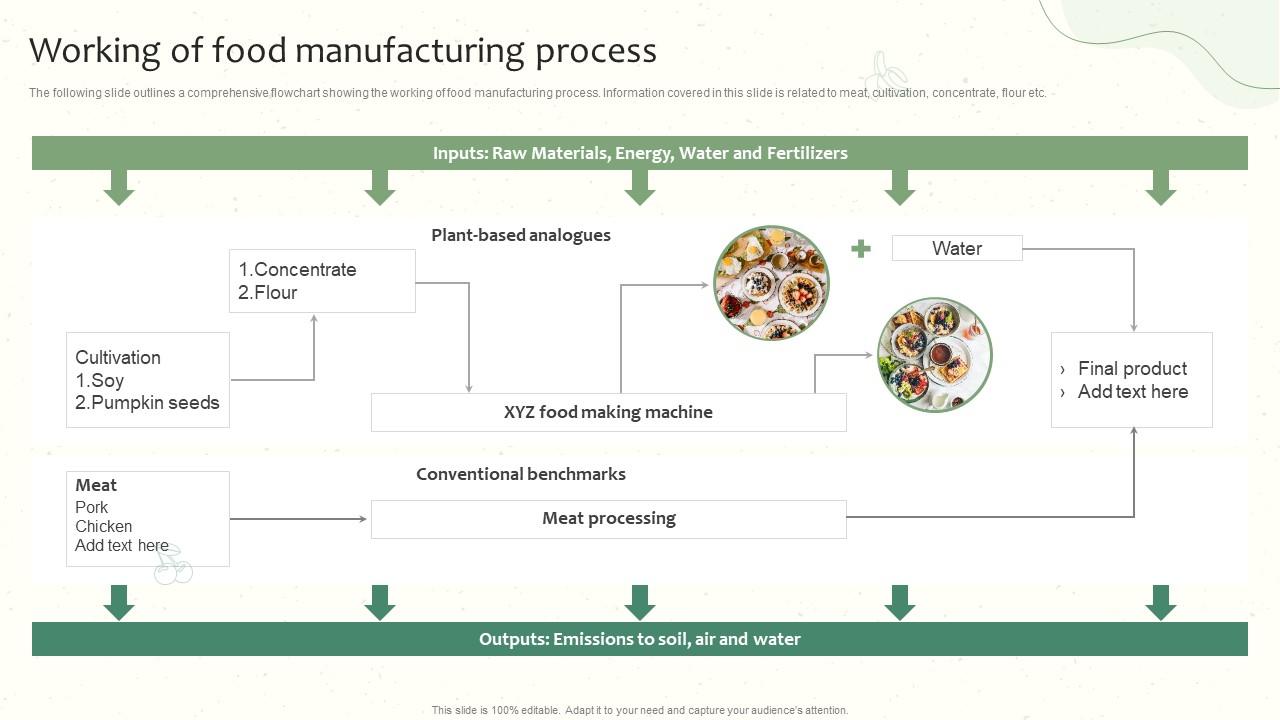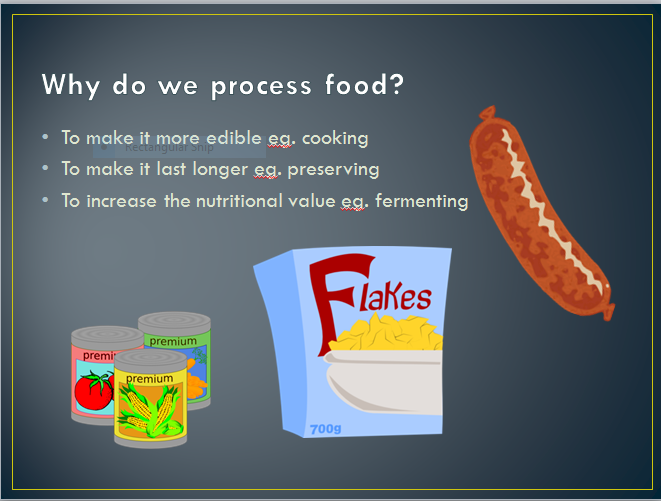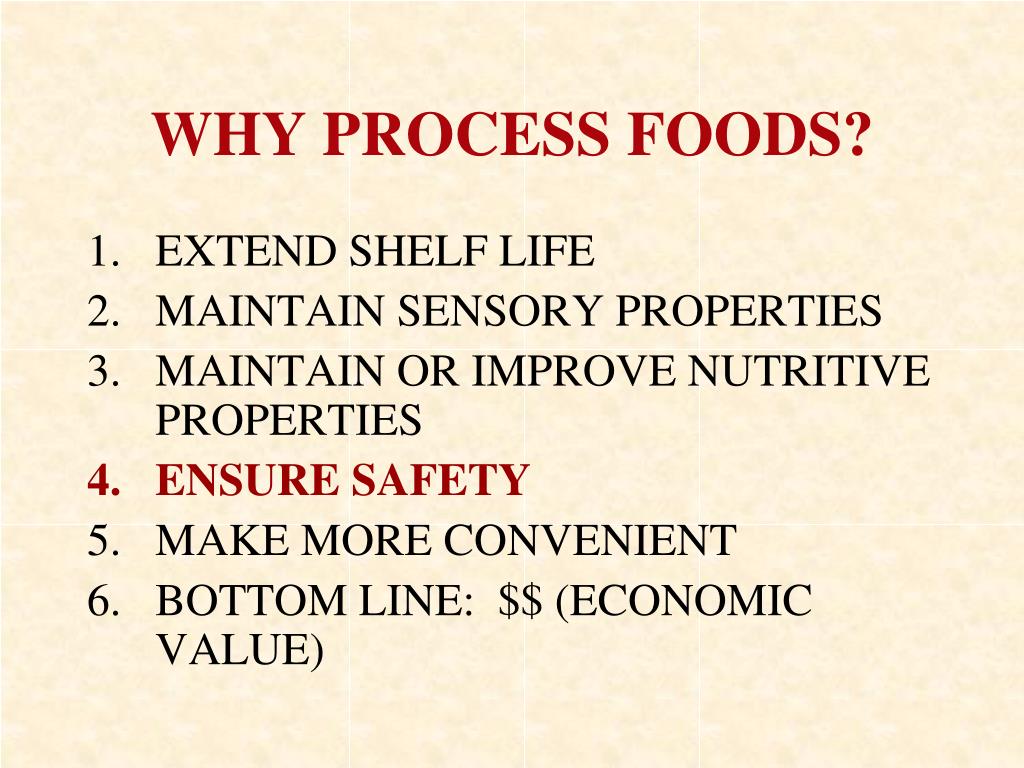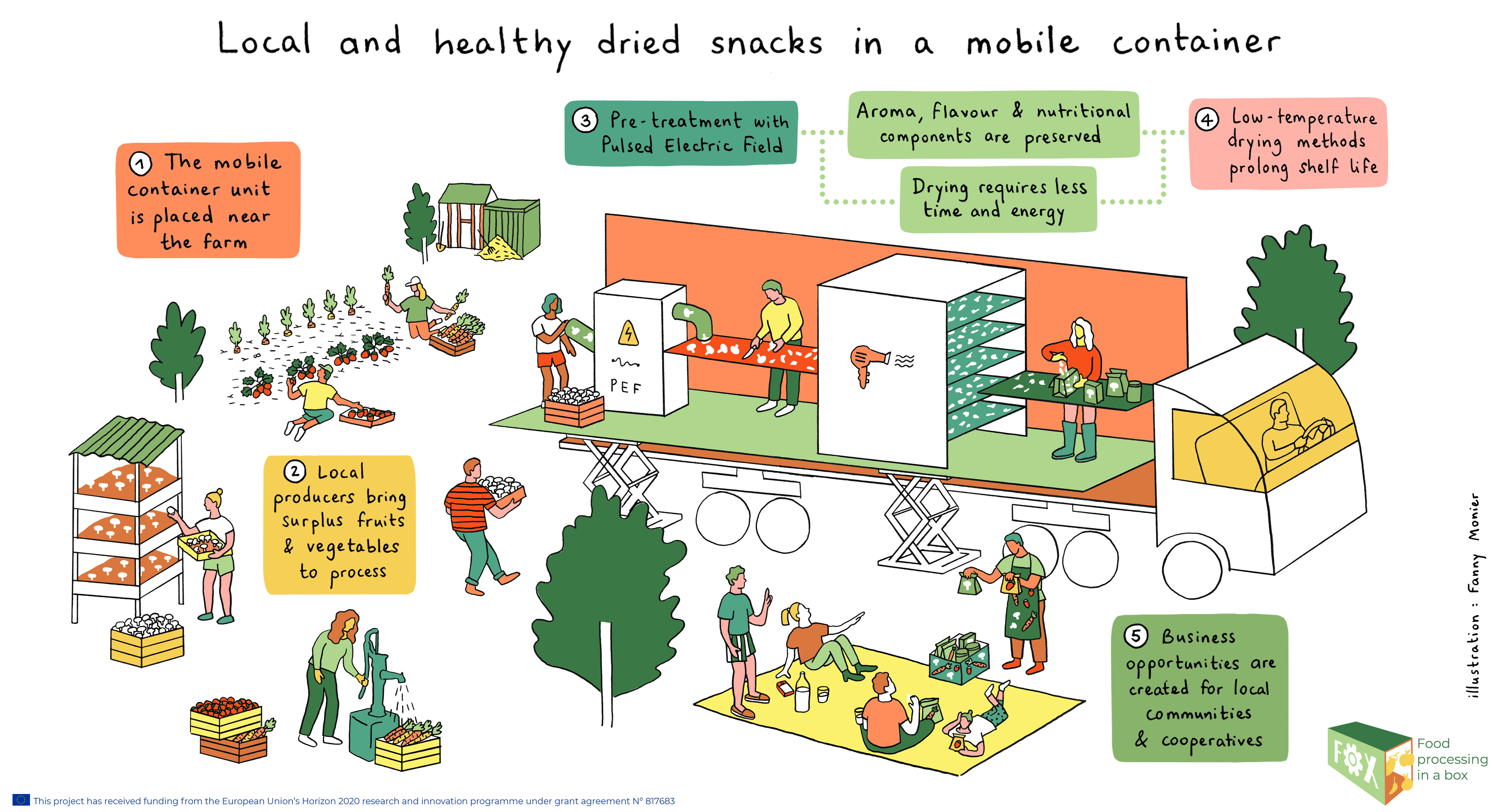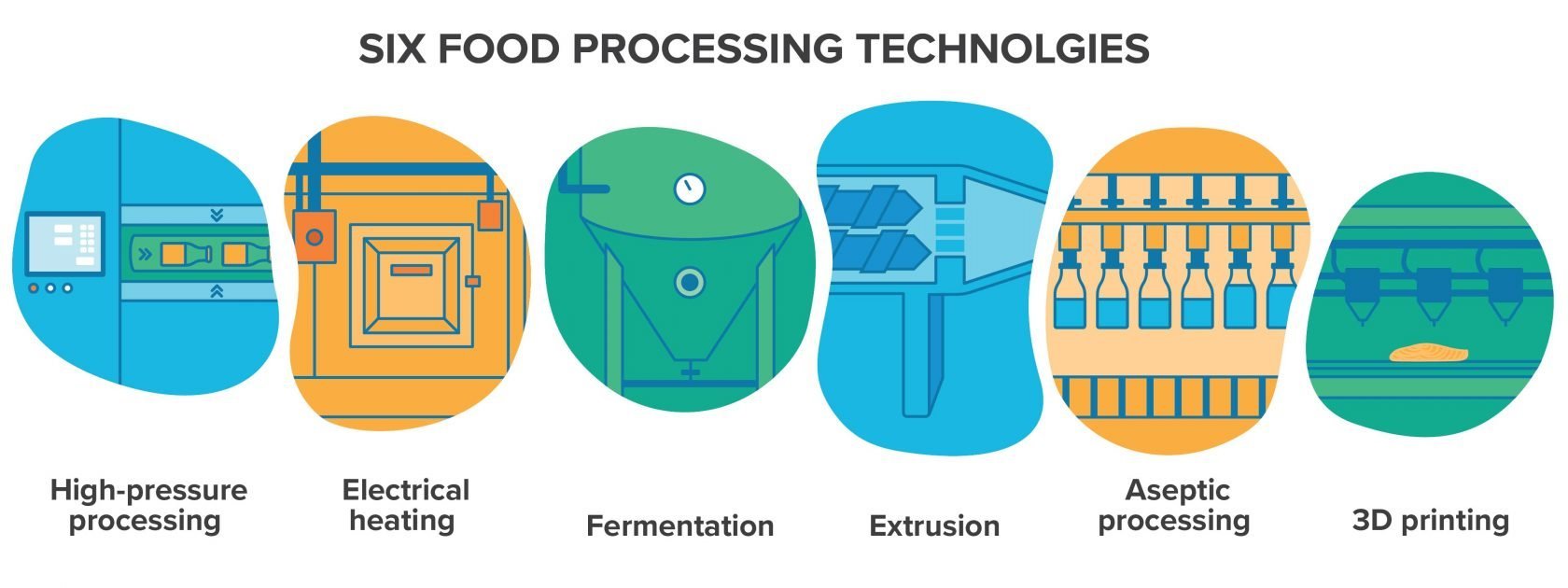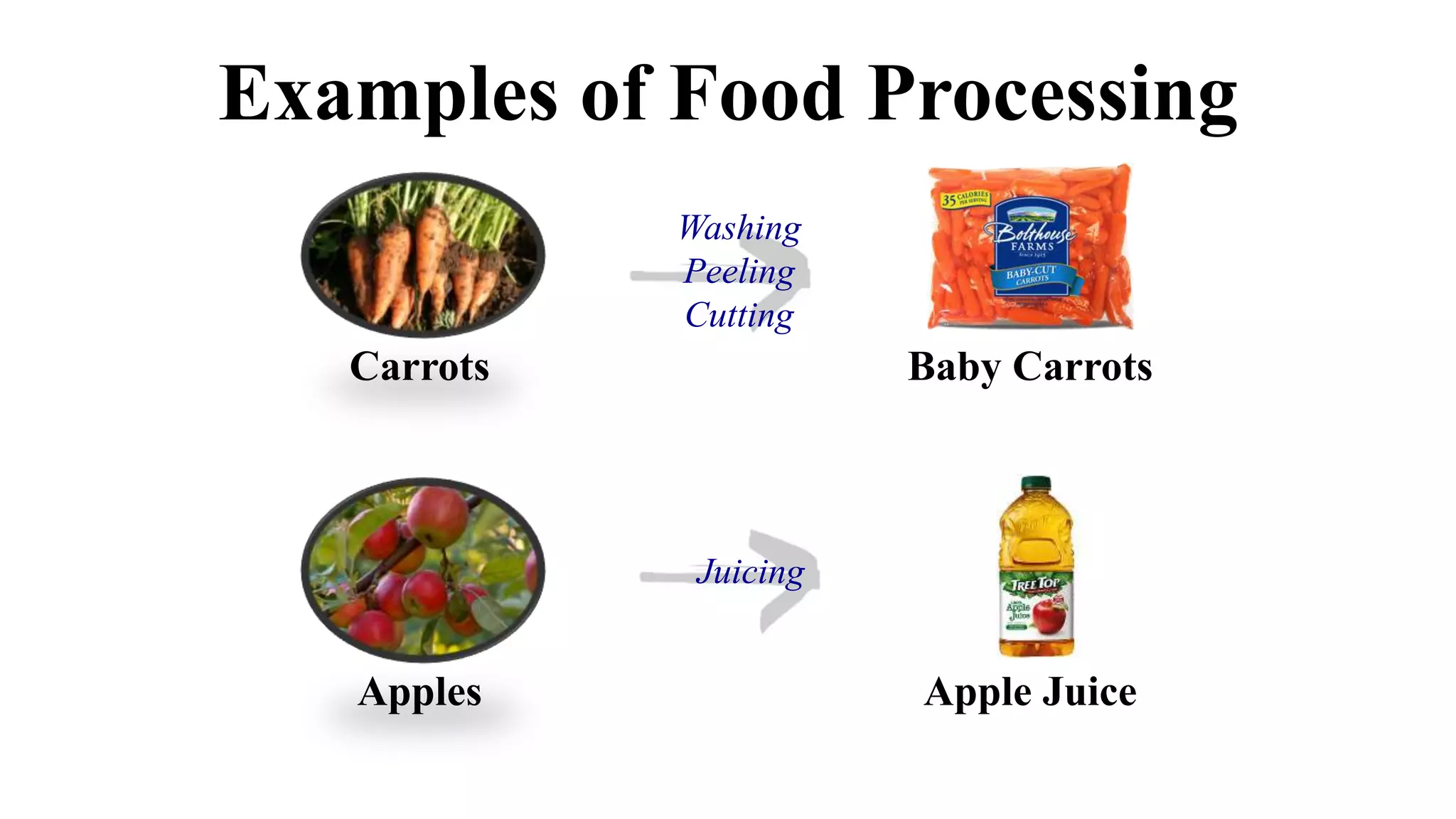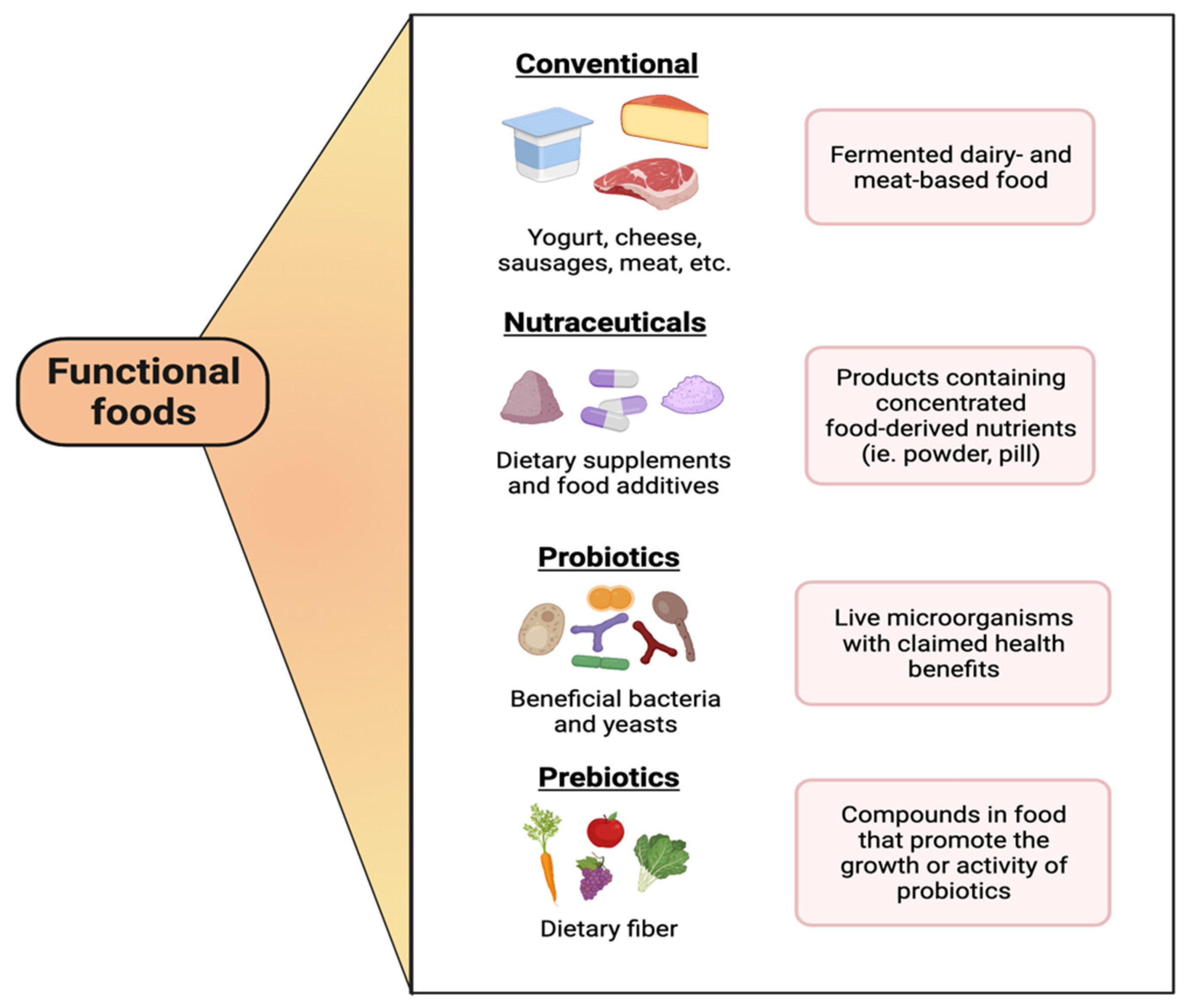All Of The Processes Associated With Obtaining And Processing Food

Global food systems are under immense pressure. From farm to table, the complex network faces unprecedented challenges, demanding immediate attention and innovative solutions.
This article dissects the intricate processes involved in obtaining and processing our food, highlighting key stages and critical vulnerabilities.
Sourcing Raw Materials: The Foundation of Our Food Supply
The journey begins with agriculture, encompassing crop cultivation and animal husbandry.
Farmers employ various methods, from traditional farming to precision agriculture using GPS and sensor technology. These methods are used to optimize yields and minimize environmental impact.
Livestock farming includes raising cattle, poultry, and swine, impacting land use and greenhouse gas emissions. Data from the FAO (Food and Agriculture Organization) shows that livestock contributes significantly to global methane emissions.
Harvesting and Gathering
Harvesting techniques vary depending on the crop. Manual labor is still common in many regions, while mechanized harvesting is prevalent in developed countries.
Gathering wild foods, like berries and mushrooms, continues to be important for some communities, but is increasingly impacted by habitat loss.
Sustainable harvesting practices are crucial to prevent overexploitation and preserve biodiversity.
Processing and Manufacturing: Transforming Raw Ingredients
Raw agricultural products undergo processing to create consumable food items. Processing plants convert grains into flour, milk into dairy products, and meat into processed foods.
This stage involves cleaning, sorting, and often significant modification of the raw ingredients.
Food safety is paramount, requiring strict hygiene and quality control measures to prevent contamination.
Preservation Techniques
Preservation methods extend shelf life and prevent spoilage. Common techniques include canning, freezing, drying, fermentation, and pasteurization.
These methods have evolved significantly over time, with modern techniques focusing on minimal nutrient loss and maximum flavor retention.
Food additives, such as preservatives and artificial colors, are also used but are subject to regulatory scrutiny.
Distribution and Transportation: Reaching Consumers
The distribution network transports processed foods from manufacturing plants to retailers. This network involves trucks, trains, ships, and airplanes, forming a complex global supply chain.
Efficient logistics are essential to minimize transportation time and prevent spoilage. Cold chain management is critical for perishable goods, maintaining specific temperature requirements.
Rising fuel costs and infrastructure limitations pose significant challenges to food distribution, especially in developing countries.
Retail and Consumption
Retailers, including supermarkets, grocery stores, and farmers' markets, make food available to consumers.
Consumers purchase food products based on price, quality, convenience, and personal preferences.
Food waste at the retail and consumer levels is a major concern, accounting for a significant portion of total food loss. Studies suggest that up to 40% of food is wasted.
Waste Management: Addressing Food Loss and Spoilage
Food waste occurs at every stage of the food supply chain. From crop spoilage to discarded leftovers, minimizing waste is essential for sustainability.
Strategies include improved storage, better packaging, and efficient inventory management.
Composting, anaerobic digestion, and other waste treatment technologies can help reduce the environmental impact of food waste. The EPA (Environmental Protection Agency) promotes these practices.
Ongoing Developments and Future Challenges
Innovations like vertical farming, cellular agriculture, and alternative protein sources are being explored to enhance food security.
Climate change, population growth, and resource scarcity pose ongoing challenges to the global food system. Adapting to these challenges requires collaborative efforts from governments, businesses, and individuals.
Further research and investment are needed to ensure a sustainable and equitable food supply for all. The World Food Programme is actively addressing food insecurity globally.

